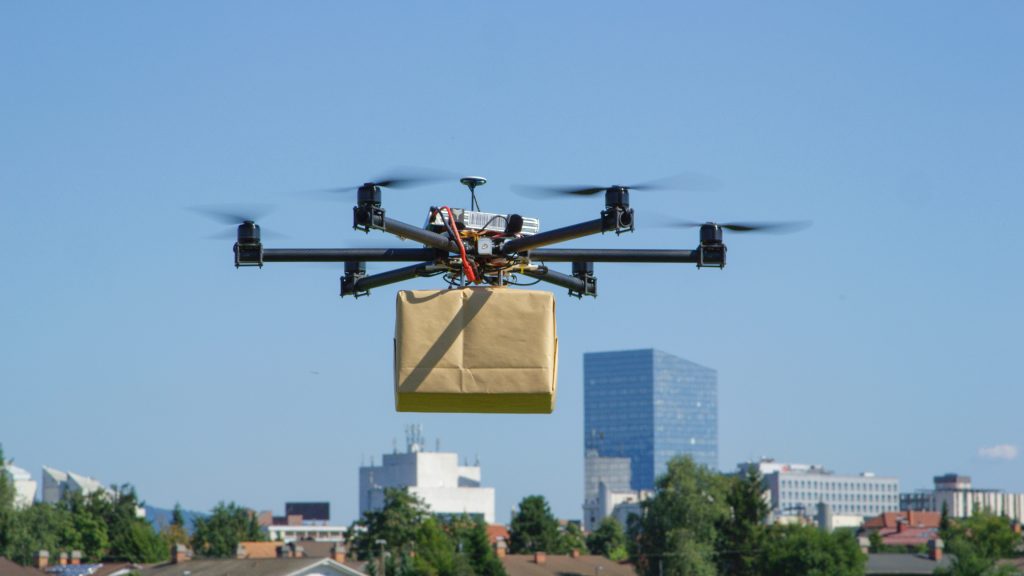Zipline Drone Delivery Ready for Launch in US Cities
 Zipline, a drone delivery company in San Francisco, is going to abandon several projects in U.S. cities next year, and plans to fly in 15 cities by 2025, according to a report by Yahoo Finance.
Zipline, a drone delivery company in San Francisco, is going to abandon several projects in U.S. cities next year, and plans to fly in 15 cities by 2025, according to a report by Yahoo Finance.
Drones have been delivering worldwide for more than a decade, but it has mostly been a niche business limited to emergencies and medical supplies. In September the FAA opened the door to wider use of drones by changing the rules.
Prior to that, the FAA required delivery drones to be in the field of view of ground observers stationed along the drone’s flight path. This fall, the agency granted an exception to Zipline and two other drone companies to make commercial deliveries without visual observers.
As Zipline itself declared in a post on its website, this exemption from the FAA represents a monumental shift for logistics and equitable access in the U.S.
This will allow Zipline to deliver food, medicine, consumer goods, and other supplies as well to millions of Americans on-demand and to do so in an environmentally conscious way, with 97% fewer emissions per delivery than a gas-powered vehicle.
However, Adam Robertson, chief technology officer at Fortem Technologies, an airspace awareness, security, and defense company in Utah, argued that “exemptions” have been held back the industry for years.
Ten years ago Amazon CEO Jeff Bezos predicted Amazon would have the necessary FAA approvals for drone delivery in “four to five” years.
Robertson pointed out that the slowest part of this process has been and continues to be the regulatory environment. Companies doing drone delivery in the U.S. today do it only as an exception to the rules. The FAA is excellent at safety for manned aviation, and there is still much work to do to safely integrate drone delivery into the national airspace.
Nevertheless, the FAA’s decision to allow drone deliveries out of the sight of their operators will be important for expanding the technology.
Tom Walker, a founder and CEO of DroneUp, a drone delivery company headquartered in Virginia Beach, Va. said they are delivering to four million customers, and the biggest issue is getting the cost per delivery down. In order to do that, they will need visual out-of-sight with remote operations.
Rob Enderle, president and principal analyst at the Enderle Group, an advisory services firm in Bend, Ore. agrees that scaling is a problem and it isn’t yet cost-effective due to the FAA rules and lift and launch limitations of the technology.
Besides, while the drone hardware is advancing nicely, there remains the question of air traffic control.
Mark N. Vena, president and principal analyst at SmartTech Research in San Jose, Calif. doubts people really need this means of delivery with various delivery methods already at hand.
But he admits that swift delivery is important in meal delivery, for instance, to quick service restaurants.
Package delivery firms would welcome expanded drone delivery as this technology has the potential to reduce drastically the costs of the “last mile”, which is relatively expensive, labor intensive, unsafe for drivers and costly for merchants.


Latest News